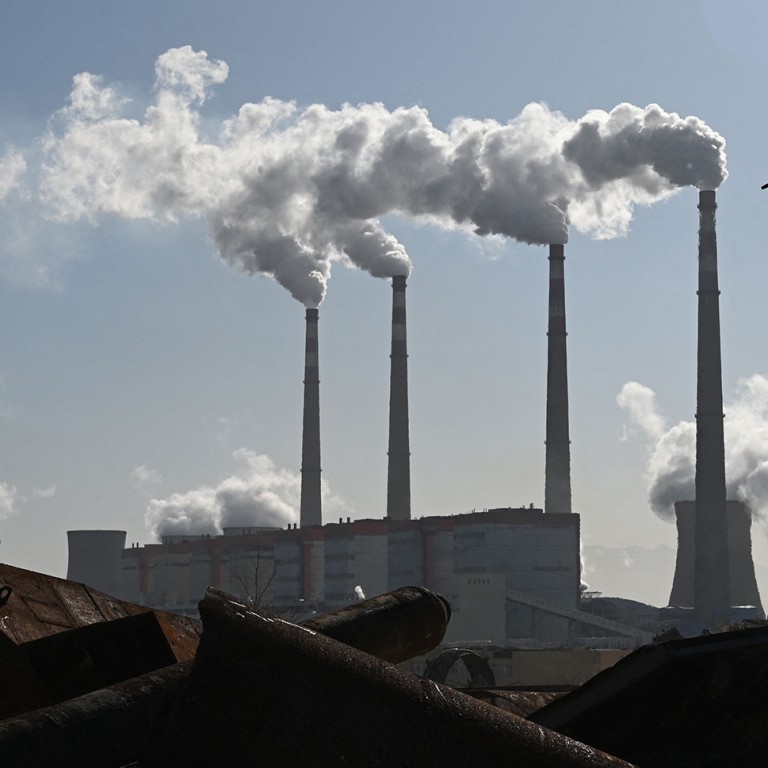
China sets up new bureaus to drive innovation and carbon neutrality at state firms
- Move from state assets watchdog in line with China’s new long-term growth model, observer says
- China has about 130,000 state firms at the central and local levels, including 97 industrial conglomerates reporting directly to Sasac
China cracks the whip, directs worst polluting firms to get house in order
“The creation of the two new bureaus is quite in line with China’s new growth model in the long term, which highlights technological advancement and carbon neutrality targets,” said Dong Jinyue, senior China economist at BBVA Research.
“Most Chinese large power companies are state-owned and many of them have set ambitious renewable capacity expansion plans,” Lisa Tao, senior credit analyst at Invesco, wrote on the company website.
The SOEs had to respond to the 2030 policy target of cutting carbon dioxide emissions per unit of GDP by more than 65 per cent compared to 2005 levels, Tao noted. Non-fossil energy is expected to account for about 25 per cent of China’s primary energy consumption by that time, up from 15.3 per cent in 2019.
China’s environment ministry slams firms for falsifying carbon data
“Most of the SOE power companies are coal-fired and scale oriented, so they are all eager to add new renewable capacity funded by ample lending from major domestic state banks,” Tao wrote.
“In light of these developments, the environmental scores of the SOE power generating companies will likely improve from a lower base gradually.”
A report at the time from state news agency Xinhua said SOEs aimed to improve their competitiveness, innovative ability and role as drivers of the economy, as well as their capacity for risk control and resistance, at a time when the country was battling the Covid-19 pandemic and facing a worsening relationship with the US.

“China is a socialist country with state-owned assets controlled by the government, which plays a very important role in the whole economy,” Dong said. “That means it is easier and more straightforward for the authorities to achieve their target through administrative orders and authoritative controls for the SOEs.”
She said private enterprises would still play a major role in the innovation drive.
“The new bureaus under Sasac do not mean it will disparage the roles that [privately owned enterprises] could play in technology advancement and green economy.”
Dong added that privately owned enterprises were likely to surpass SOEs on innovation, where private tech giants were still leading the race, due to the state firms’ long-term soft budget problem.

